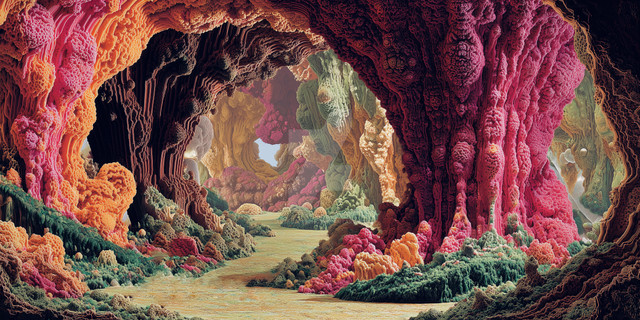HOME | DD
 joaovitor45556 — The Cosmology of Aerrhea part I: The world
joaovitor45556 — The Cosmology of Aerrhea part I: The world

#fantasy #fantasyart #worldbuilding #worldbuildingart #aerrhea
Published: 2023-12-21 18:46:48 +0000 UTC; Views: 1302; Favourites: 32; Downloads: 3
Redirect to original
Description
The cosmology of Aerrhea is very different from that of Earth, the world, the sun and the very laws of the universe are sometimes wildly different from that of our own universe.The World
The world of Aerrhea is a cylindrical shaped one opposed to a globe like Earth. The cylinder is an oceanic world, it has no landmasses, only a deep ocean whith a bottom that is basically bedrock, which is very similar to the bottom of our own oceans by having hydrothermal vents spewing minerals into the water. The world spins around its own axis with no axial tilt, this movement makes the islands get arranged into island rings. Six of these island rings exist, each one with its endemic fauna and flora. The rotation of the world combined with the low pressure zone created by the sun also creates a central, unending storm. One notable fact is that if (somehow) something reaches the border of the cylinder it will not see it or fall out of the world, in fact it will not even realize that it has reached the border as it will wander into the exact opposite of that border, the other side of the world.
Due to the Sun's size and luminosity being far lesser than that of our own Sun its light starts to fade away because of the gases in the atmosphere or the water, creating colder and darker regions in the world that are further away from the Sun.
In the ocean there is the Epipelagic Zone that is the highest layer of the ocean, it is highly productive because of the sunlight that reaches this area, making the process of photosynthesis possible by autotrophs.
The second layer is the Mesopelagic Zone where only 1% of the light given by the sun actually reaches this layer until it fades away, photosynthesis is already inpossible here but yet life is abundant as the animals here feed on the marine snow that falls from the epipelagic zone and from the sky.
The Bathypelagic Zone is completely devoid of light and very little life resides here, the ones that do eat marine snow too.
Finally, the deepest part of the ocean is called the Abyssopelagic Zone where surprisingly, there is an abundance of life due to the marine snow that is deposited in the bottom of the ocean who serves as food for "grazing" animals on the seafloor. Marine snow is not the only primary resource here though, hydrothermal vents are very common here and they are the base of the other 50% of the ecosystems in this oceanic layer. The hydrothermal vents spew tons of minerals in the water that are used by chemosynthetic bacteria to produce energy in a similar way to plants and other autotrophs, these bacteria are the primary producers of this ecosystem and so they serve as food for many other organisms.
Related content
Comments: 4

👍: 1 ⏩: 0

👍: 1 ⏩: 1

👍: 1 ⏩: 0

👍: 1 ⏩: 0
























